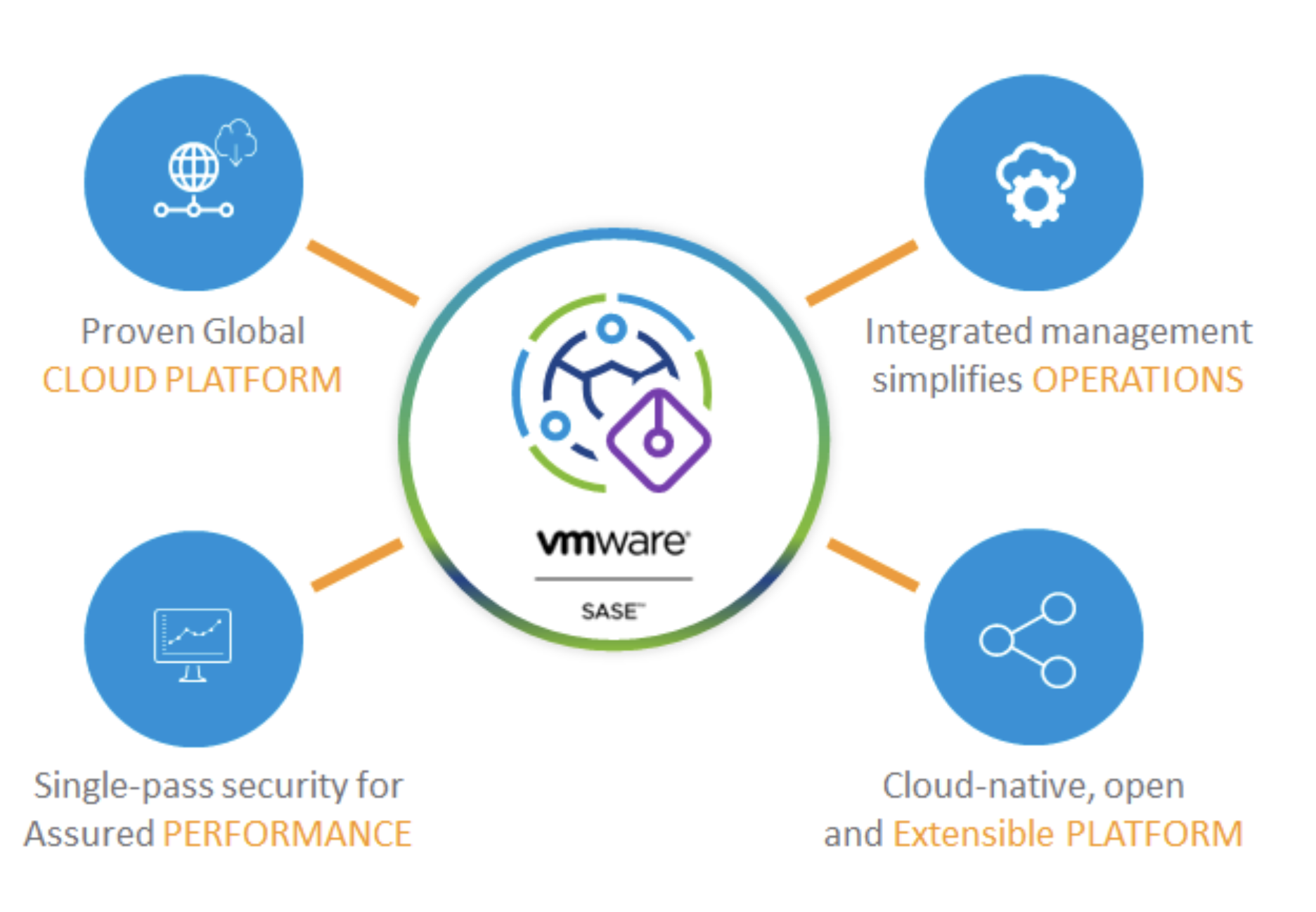It’s no secret that software-defined networking has stretched the hype cycle to its absolute limits these last few years. It also has shaken up the perception of what the future of networking looks like and has made many promises around the centralization of orchestration and policy enforcement.
But like all innovative technologies, sometimes it just takes time to get the right pieces together to make a solution excellent. To be fair, SDN has been delivering within their particular domains for a while now. Software-defined datacenters are being successfully deployed in many environments, and SD-WAN is one of the quickest growing markets in all of technology.
The real challenge has been in integrating the different domains into one cohesive orchestration/policy engine. Sure, you could build your software-defined datacenter, and you can build your software-defined WAN, but it’s been completely up to you to make the two work together. So whatever you have gained in reduced operational complexity within those domains becomes re-introduced in managing the interaction surface between them.
Until now, that is
I had the pleasure of hearing VMware present their vision for networking at the Dell Technologies World conference this year, and they are on to something. They’ve recognized the challenge in bridging software-defined domains into a cohesive unit and have started to build out a portfolio of software-defined products that work seamlessly together.
VMware’s acquisition of Velocloud has played a significant role in this unified policy approach. Even though the acquisition happened only a few months ago, VMware has integrated the Velocloud SD-WAN product, now known as NSX SD-WAN by Velocloud, into the broader NSX suite of solutions. This integration gives you a single policy engine that ties together both your datacenter and your WAN, ensuring proper segmentation from the branch all the way into your on-premises datacenter(s).
Also announced at the conference this year was the ability to extend NSX overlay technology into the Microsoft Azure IaaS offerings. This is in addition to the already established ability to extend your NSX domain into Amazon’s AWS public cloud, and now makes NSX a facilitator of not only hybrid cloud environments, but also multi-cloud infrastructure. From the time your traffic hits the branch router, all the way through to your IaaS deployments in AWS or Azure, you now have the ability to enforce policy from a centralized and cohesive policy engine. This all comes together in VMware’s Virtual Cloud Network.
This is a big deal
Orchestration in these different domains has been difficult enough but having a suite of tools to orchestrate between the domains delivers on the promise of simplicity that network practitioners have been waiting for. It’s no longer left to the customer or consultants to figure out how to translate between software-defined sections of their network.
It’s worth noting that there still is one common enterprise network domain missing from the NSX orchestration suite and that is the campus network. Software-defined access networks are a relatively new phenomenon though and current solutions have deep dependence on the hardware solutions that they run on, which doesn’t seem to be a good fit for the pure overlay solutions that VMware NSX is known for. It will be interesting to see if VMware plans on developing anything in this space as well.
Final Thoughts
It’s nice to see a company like VMware putting the SDN puzzle pieces together and delivering a solution that puts usable tools in the hands of network practitioners. While there is still some additional room for further integration, we’re starting to see practical implementations of what I believe is the real vision for software-defined networking. The key advantage to SDN is central policy enforcement and being able to consistently do that from the branch, to the DC, and to your cloud provider(s) of choice will begin to adequately deliver on the true promise of software-defined networking.




